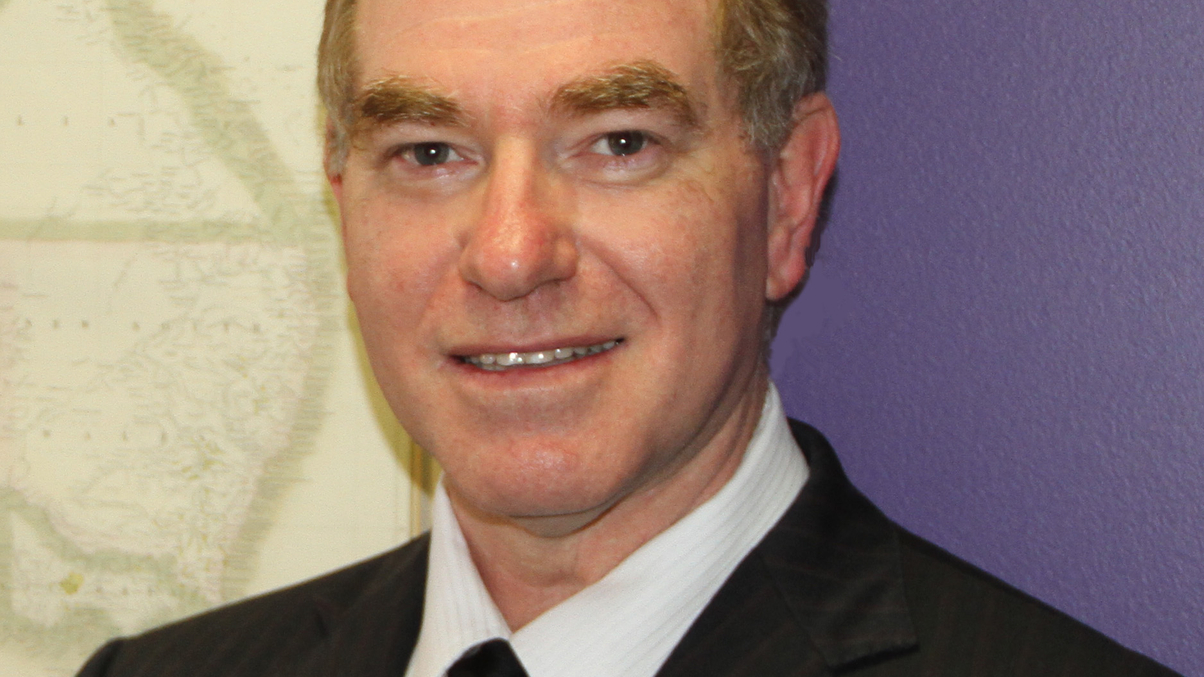LinQ Resources Fund mines some hidden jewels
Clive Donner’s LinQ Resources Fund was up 79% in the second half of 2010, thanks to some super stock picks.

LinQ Resources Fund brought home the bacon at the end of 2010, with a second half net performance of 79%. The full year 2010 return was 55% net of fees.
Sign in to read on!
Registered users get 2 free articles in 30 days.
Subscribers have full unlimited access to AsianInvestor
Not signed up? New users get 2 free articles per month, plus a 7-day unlimited free trial.
¬ Haymarket Media Limited. All rights reserved.


